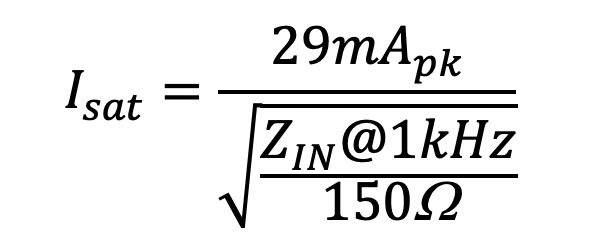Eine Premiere: Das weltweit erste (brauchbare) Spicemodell für Hallspiralen!
A premiere: the world's first (usable) spice model for reverb tanks!
Das Modell beruht auf Laufzeitmessungen von Signalimpulsen. Diese wurden dann in Spice mittels Transmissionlines abgebildet. Die Reflexionen an den Spiralfeder-Enden sowie an Störstellen in der Spirale wurden mittels Impedanzsprüngen simuliert.
Natürlich wurden auch die Ein- und Ausgangsspulen nachgebildet, so dass ihr DC-Widerstand, ihre Induktivität sowie ihre parasitäre Kapazität berücksichtigt wird.
Wie die reale Hallspirale würde auch das Modell prinzipiell in beide Signal-Richtungen funktionieren. Der massiv kürzeren Rechenzeit zuliebe habe ich mich aber dafür entschieden, besser zwei Modelle zu erstellen - je eines für den normalen Forwärtsbetrieb und für den Rückwärtsbetrieb.
The model is based on time-of-flight measurements of signal pulses. These were then mapped in Spice using transmission lines. The reflections at the ends of the coil spring and at points of interference in the coil were simulated by means of impedance jumps. Of course, the input and output coils have also been simulated so that their DC resistance, inductance and parasitic capacitance are taken into account. Like the real reverb spiral, the model would also function in both signal directions. But for the sake of a massively shorter computing time, I decided to create two models - one for normal forward operation and one for reverse operation.
Simulation Demo & LessonsLearnt
Bei der Simulation von Hall habe ich gelernt, dass folgende Punkte wichtig sind um nicht in unendlich langen Simulationen zu enden:
1) Begrenze die Audio-Signalquelle mit einem Tiefpass 2. Ordnung bei etwa 5kHz
2) Verwende ausschliesslich lineare Modelle (Stichwort: equivalenter AC-Ersatzschaltkreis).
Durch diese beiden Massnahmen ist es mir gelungen, ein 5s Gitarrentrack (Mono) in 32s zu simulieren!
When simulating reverb I learned that the following points are important in order not to end up in infinitely long simulations:
1) Cut the audio signal source bandwith with a 2nd order low pass at around 5kHz
2) Only use linear models (keyword: equivalent AC equivalent circuit).
With these two measures I was able to simulate a 5s guitar track (mono) in 32s!
How to calculate the core saturation current
For the sake of faster number crunching, my reverb model does not consider core saturation. However, core saturation has to be avoided, so it is essential to know at which input coil current the core will saturate. Some reverb tank sellers provide a nominal ac input current (with typical 10dB margin to the point where saturation occurs), but not all. If not, the following rule may help to estimate Isat.
Note that it is up to you to substract sufficient margin! 😉
TAD 8FB2xxx reverb tank
A medium decay 3-spring 24cm tank, Input-Impedance=1925 Ohm, Output-Impedance = 2250 Ohm (both @ 1kHz).
Diese Seite teilen

